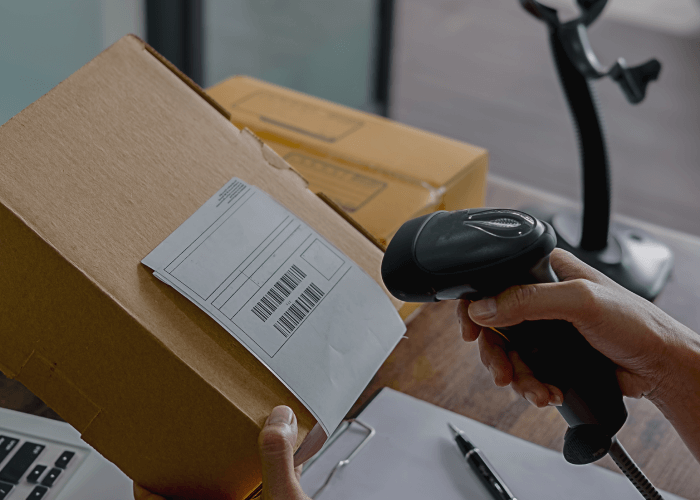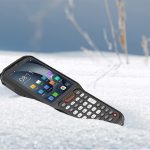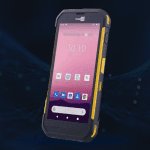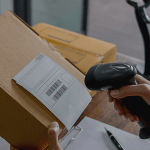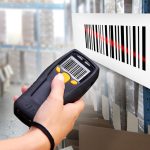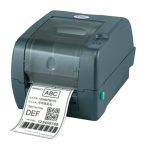A barcode system is designed to improve business effeciencies. It creates a paperless enviroment and does away with paper and pen as well as data entry. This in turn negates human error and saves the company time and money. Yet there are still many many companies who still do not have any barcode system in place.
Every time we get a call from a customer wanting a price on a barcode system, it still never amazes me how little people know about barcode systems. This question is like asking, “how long is a piece of string?”.
Lets start this by saying that a barcode system comprises of a number of different components. They are:
- Application Software
- Barcode Scanner
- Barcode Printer
- Barcode Software
- Labels
Application Software: This component is the most critical component. To be honest, everything else is just a peripheral that hangs off it. The Application software manages all the data for you. It will use a database for storing data as well as a front end where the user can interface it with.
Examples of application software could be for asset management, inventory control, event management, field sales force mobility and much much more!
Barcode Scanner: Just like the application software, there are also a number of different types of barcode scanners. Make sure you choose the right scanner for your application. Check out some of our other posts in this blog covering this topic.
Barcode Printer: There are many types of barcode printers that will print a barcode. So it really depends on the types of labels and volume you require, that will determine the type of barcode printer that you use.
If you only need a very small volume (less than 200), then consider one of the consumer style label printers like the Brother or Dymo printers. The printers are very cheap. But the consumables are very expensive and usually come on a tape. So only go for this type of printer if you have low volume.
For higher volume label requirements, consider a commercial grade label printer. The labels usually come on a roll. The rolls can be over 1000 – 2000 labels. And the costs of a label can be a fraction of a cent. With a commercial grade label printer, you also get to choose between a thermal transfer label printer and a direct thermal label printer. Choose a thermal transfer printer if you need permanency of print on the label. Choose direct thermal if its not important about labels fading.
Some customers also prefer to print labels on their own laser printers. This is also a cheap way if volume is low and you do not need to worry about labels fading.
Barcode Software: Most barcode printers come with free barcode software. This is great if you only need to create templates and print and create labels that do not have an existing barcode number. You can increment the number with this software as well as print volume of the same barcode. However, should you need to print barcode numbers from an existing database, then you will need the full version software that can create this link.
If you are only after creating one barcode or very small numbers of barcodes and do not have any barcode software, try using the free Code 39 software that you can find on the net. There are also free barcode generators around that will also do the job for you.
Barcode Labels: No one label is right for every application. So its important you choose the right label,, sticker or tag for your application.
Whether the print needs to be permanent or temporary. Resistant to UV & water. For asset management, inventory control or regardless of what the labelling application, its important to get this right for your application.
- Stocktake Scanner – PDA Application Software

- PDA Barcode Scanner – Handheld Mobile Computers – Definitive Guide To Choosing a PDA Scanner.

- Barcode System – No Paper! No Pen! No Errors! Save Time & Money

- Barcode Software – Free Or Paid Barcode Software? Which is Best For Me?

- Wireless Barcode Scanners – There Are Only One Type? Wrong!


